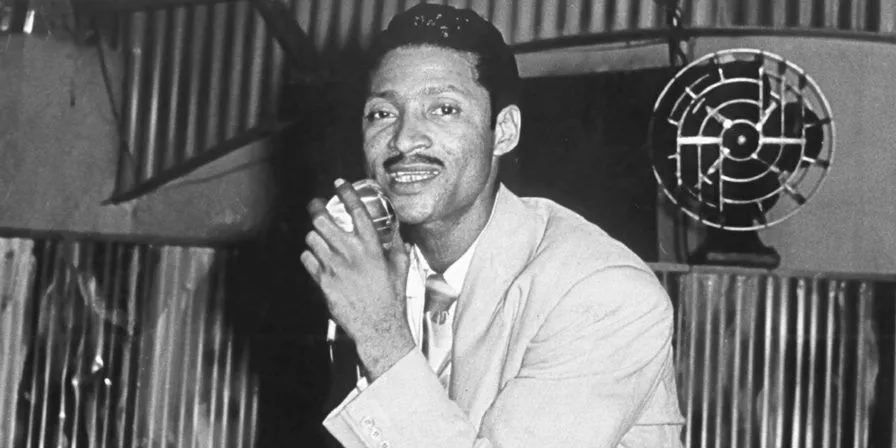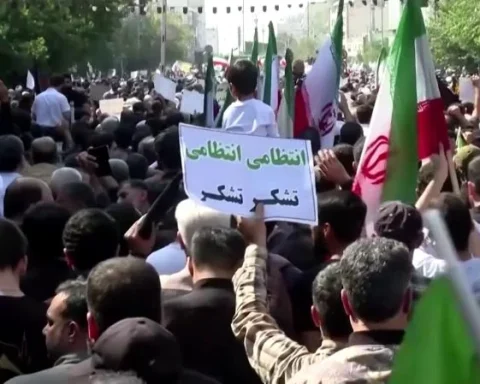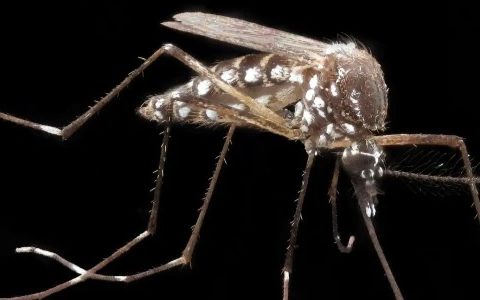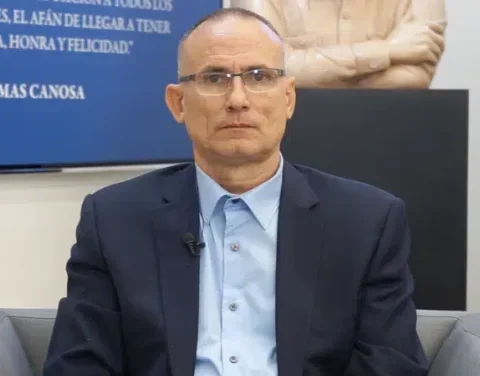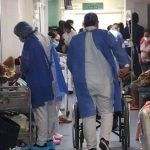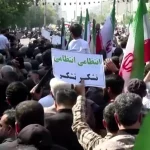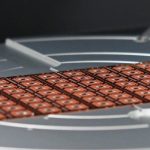SANTA CLARA, Cuba. – In February 1957, Benny Moré’s name was on the front pages of Venezuelan newspapers that did not exactly report on his success after the Banda Gigante’s performance in the clubs of Caracas. The Rhythm Barbarian had been arrested for giving a “cabillazo” to the head of businessman and former boxer Max Pérez, who had refused to pay him the agreed amount for his appearance at the carnivals, some 44,000 dollars. Moré managed to emerge unscathed from that unfortunate incident thanks to the diplomatic efforts of the same SnowballAfter returning to Havana, he swore that he would never appear in Venezuela again.
Known as the “Greatest Sonero of Cuba”, there are many anecdotes in the short but prolific life of El Benny that marked his career as an extravagant and prodigious artist, one of the greatest performers and composers in the musical history of the Island. Bartolomé Maximiliano Moré was born on August 24, 1919 in the Pueblo Nuevo neighborhood, in Santa Isabel de las Lajas, which he himself baptized in one of his most popular songs as “his beloved corner”.
Born into a humble family, the eldest of 17 siblings, he had to devote himself from an early age to different jobs to survive economically, such as cutting sugar cane and later selling vegetables and medicinal herbs. According to biographical notes about his youth, he arrived in Havana hidden in a vegetable truck to make his way in music by singing in bars and taverns until he won a contest on the CMQ radio station, which would make him known in the artistic environment of the time. Completely self-taught, he had learned to play the tres and the guitar, although he did not read sheet music and in musical matters he classified himself as “illiterate.”
The rise of his career came thanks to the legendary Miguel Matamoros hired him as the lead singer of his group. According to Rafael Lam, author of the biography Benny Moré, the symbol of Cuban music“Bartolo’s presentation to Miguel was somewhat disappointing” because “he was dressed very poorly, with espadrilles, a darned shirt, and he was missing three teeth.”
With the Matamoros group, Moré traveled to Mexico for the first time in the 1940s and decided to stay there for a while to make his film debut and marry the Mexican Margarita Bocanegra, muse of the song. Pain and forgiveness. In Aztec land the famous theme also emerged Nice and tasty and the stage name (Benny) by which he would be known throughout Latin America.
Despite the popularity obtained by the also baptized “Prince of Mambo”, Rafael Lam referred in an interview that Moré had a “hazardous, miserable, and contemptuous life” and that “he was a man in poor health” with a liver deficiency that “shortened his life.”
The researcher also indicates that it is uncertain whether Benny was addicted to cannabis: “He could not smoke marijuana because he would become mute and he was terrified of it.”
Although he was married three times, those close to him interviewed by Lam dismiss the idea that he was a womanizer.
It is said that El Benny hardly slept due to his own bohemian, intense and night-time life that required him to appear in bars and cabarets almost daily. He was fond of cooking, especially fried rice, although he did not eat much. He preferred aguardiente and, in fact, he was the advertising face of the Cazalla brand. As for his style of dress, especially the iconic suspenders with baggy trousers, it is said that they were to better fit the garment, since the hepatomegaly that afflicted him prevented him from using other types of belts.
Contrary to what it might seem, El Benny was not an extroverted person. Researcher Leonardo Acosta in his book You choose, I’ll singsays that he did not like “speaking in front of crowds of more than three or four friends” but that, for him, “singing was something else”. He also describes him this way: “He was neither handsome nor meek, nor was he stupid nor did he try to be lively. He was spontaneous and affable, always joking and witty, he could be informal and naïve, but he earned respect without having to make an effort. He was affectionate and human, and if things went well for him it was because he knew what he wanted and knew how to do it.”
The singer of El Benny’s band, Rafael Díaz Contreras, nicknamed “El Diablo”, in interview with CubaNethe said that many people tried to discredit him out of envy and other unhealthy reasons. He also said that he had the habit of arriving late to performances and sneaking incognito among the people to go on stage at the last moment, just when the entire audience was cheering his presence. Despite everything they accused him of, he was extremely generous and “had no love for money” to the point of giving it away without much consideration to poor families or homeless people he found on his way. “When the doctors forbade him to drink, he acquired the habit of pouring rum into his hands and bringing it close to his nose,” said the recently deceased musician from Santa Clara.
Another anecdote about his false teeth is revealed: The day he had just debuted his teeth in the Teatro América, he decided to take them out in front of the packed audience in order to sing better. Acosta’s book states that there were many criticisms concocted by musicians and the press that called him rude and disrespectful. “The good thing about him is that he laughed about all of that,” writes the author.
Although he received thousands of dollars for his performances, Moré preferred to live far from the cosmopolitan area of Havana and until his last days he lived in the La Cumbre neighborhood, in the then humble neighborhood of San Miguel del Padrón. There, in his small farm, he used to plant and raise animals. On one occasion, Celeste Mendoza She said that El Benny invited her to sacrifice “a piglet” that he had named after her, because he used to nickname pigs after musical personalities.
Bartolo died prematurely on February 19, 1963 due to cirrhosis of the liver. According to El Diablo, who wrote down every medical report about El Benny in a notebook, the recurring diagnoses before his death were: “serious condition,” “kidney complications,” and “high fever.”
Regarding the many myths, anecdotes and dithyrambs about the Barbarian of Rhythm, Acosta wrote: “Whoever tries to compare the criticisms that were made of El Benny during his life and the praise that was given to him after his death, might come to the conclusion that in this world you have to die for people to speak well of you.”
